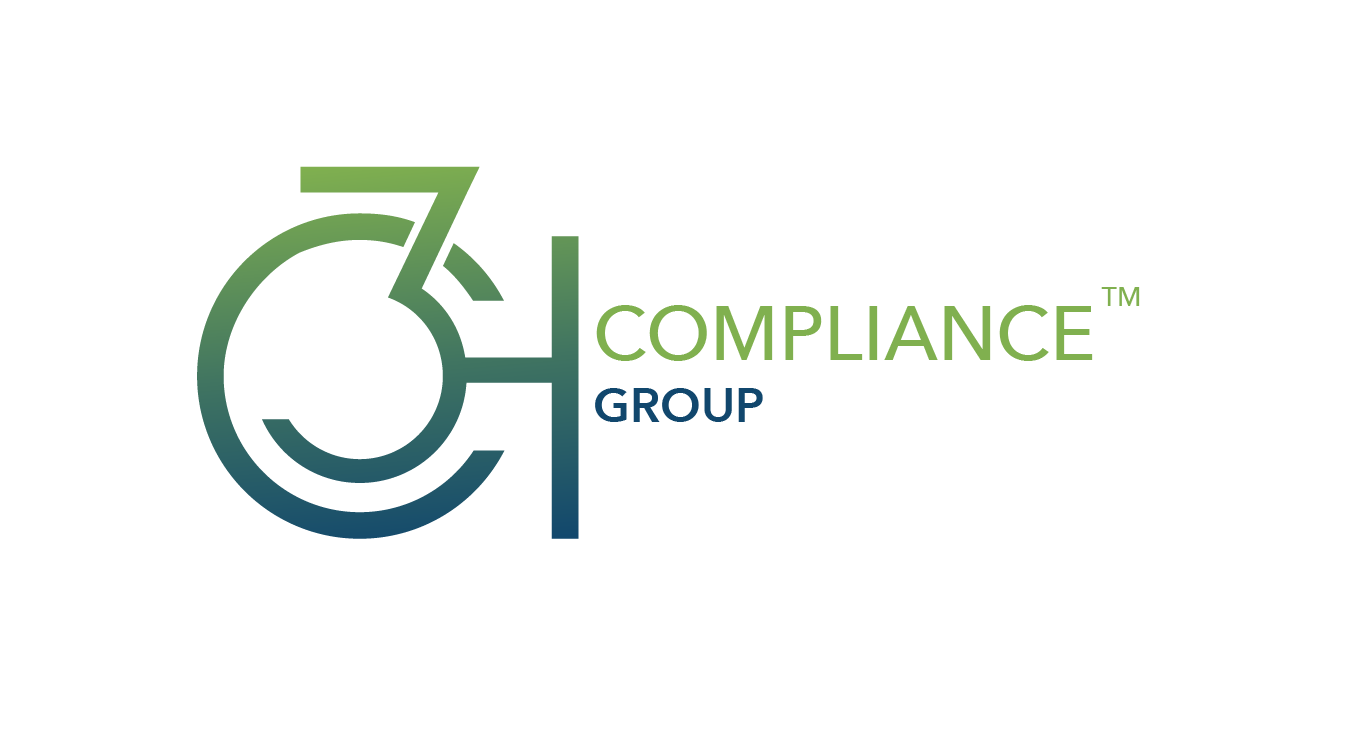Want to know what’s important to licensing professionals when they’re evaluating insurance compliance software? Well, read on because this article is for you.
We’re always listening to licensing and compliance administrators - taking notes on what’s important to them, and why it’s important to them. We recently compiled some of that information and we’re happy to share what we’ve learned. We hope it helps you make an informed decision about what will work best for you, your department and your organization.
So here we go…
Customizable Dashboard
One of the most important features of insurance compliance software is a dashboard – specifically a great dashboard. A dashboard provides a high-level overview of your licensing domain. A great dashboard includes the following:
- Graphics – with charts, maps and color codes that turn data into information
- Customization – so each team member can create a view that matches their areas of responsibility
- Interaction – allowing you to click on any area of a chart to drill down and get to work quickly
Look for a dashboard that will function as your home base – a place you’ll return to throughout the day because it’s useful, not just pretty.
Powerful Reporting
In every demo we give, people want to see our reporting capabilities. It should be at the top of your ‘features-to-look-for list’ too. Good reporting allows you to extract and present important, actionable information that decision makers in HR, Finance, Operations, Legal, Licensing/Compliance and Management need. Look for the following:
- A large library of standard reports that covers most of what your organization needs
- An easy-to-use report builder so you can create and save your own custom reports
- The ability to print, create pdfs and export reports to excel
Consider: Reporting functionality is a good litmus test for whether the software provider has a deep understanding of your business and the information you and your organization need to see.
Efficient Renewals
The license renewal process is perhaps the most critical feature of insurance compliance software. The workflow for renewing licenses – for entities and individuals – needs to be intuitive, seamless and efficient. When you’re evaluating your options, look for the following:
- A process that allows you to renew a license with just a few clicks
- Data from NIPR that is updated daily to ensure your renewals will process smoothly
- A portal where producers submit their personal information to you
- A workflow that pre-populates all appropriate fields, including state-specific information
Look for a system built for efficiency by and for license administrators, such as Creative Compliance Hub. It can be a real game changer for you and your organization. How so? As Lacey Hudson of Starkweather & Shepley said, “I now spend only 3-5 hours a month on managing licenses, rather than 2-3 weeks!”
Outstanding Continuing Education Management
In an ideal world, producers would stay on top of their CE obligations. But here in the real world, you and your team need to be on top of this. That’s why you need outstanding CE tracking functionality within your insurance compliance management software. For top shelf functionality, look for the following:
- The ability to create, schedule, and send email reminders to producers
- One-click access to a producer’s CE requirements, course history, designations and certifications
- The ability to integrate with CE providers’ systems via APIs
Bottom line: Outstanding Continuing Education management functionality can help you save time, eliminate frustrations, and maintain compliance. It’s a must-have not a nice-to-have feature.
NIPR Integration
NIPR integration was mentioned above in the renewal section. But it’s important enough to warrant drilling down on this. It may be imperfect, but the PDB is the official record of fact for insurance licensure. Keeping your data aligned with the PDB is the best way to streamline renewals and maintain compliance. Listen carefully to what providers say about their NIPR integration. Specifically, you want to hear:
- Updates from the NIPR PDB occur daily
That’s it. That’s all you need to hear. That’s all you want to hear. You should insist on a system that has daily updates from the PDB. Don’t settle for less.
Onboarding
The faster you can onboard, the faster producers can begin to sell. It’s that simple. Whether you’re onboarding a single hire, or integrating several hundred producers from a recent acquisition, the process must be frictionless and efficient. Here are a few things to look for:
- Individual entry for single producers or bulk onboarding by uploading spreadsheets
- Integration with HR, CRM or other core systems via APIs to optimize workflows, reduce data entry errors, speed up operations and improve data integrity
Getting new producers selling quickly is essential. And so is leveraging technology to improve your operations. Great onboarding functionality helps you do both.
Conclusion
Your peers and colleagues also mention support for single sign on, intuitive functionality and graphics for individual and entity maintenance, a portal for producers to submit their personal information, API integration with other core systems, and the ability to store and retrieve copies of licenses, CE certifications and entity maintenance documents.
To be sure, these are all important features to look for. But the features that are most important to licensing professionals today are an informative dashboard, powerful reporting, an efficient license renewal process, outstanding CE management, NIPR updates and efficient onboarding.
We hope you find this information useful. And we’d be delighted to provide you with a demo of Creative Compliance Hub so you can see these top features in action for yourself.
